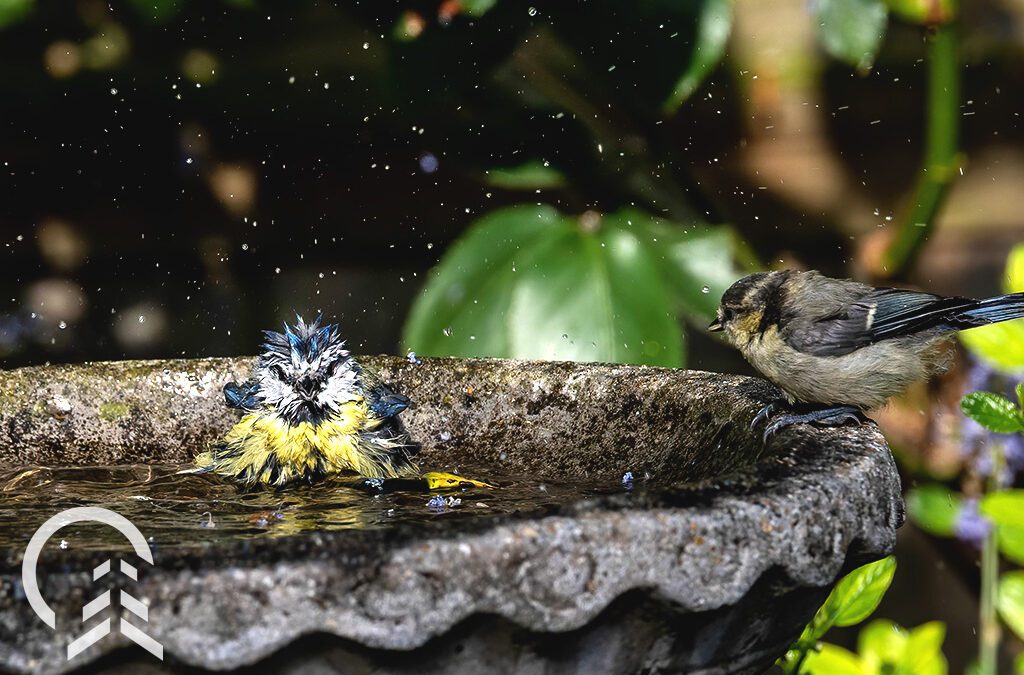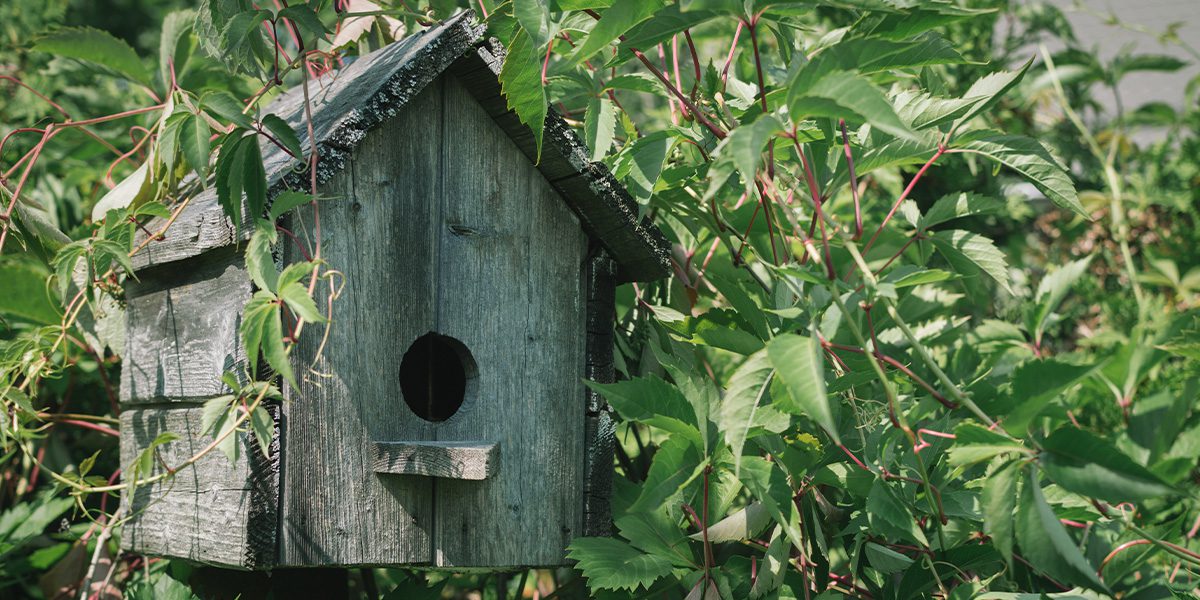Northern cardinals, yellow warblers, and cedar waxwings—imagine if you could attract these birds and others to your garden year-round. While bird feeders and nest boxes help, there is so much more you can do to make your landscape a haven for the winged ones. With these strategies, bird songs can be a part of your garden every season and positively regenerate bird habitat in your local bioregion.
How to Make a Bird-Friendly Landscape in Your Garden
Life attracts life and is the underlying principle for encouraging birds to visit your garden. To put it differently, the more diversity of plants and insects you have in your garden, the more opportunities for food and nesting you’ll create for birds. So if you’re serious about attracting birds, aim to create the most abundant, diverse, colorful, fragrant, and pollinator-friendly garden possible. A garden with these elements will be a paradise for everyone!
12 Ways to Attract Birds to an Illinois Garden
Now that you know what you’re aiming for, let’s get to the specific steps you can take to create a bird habitat in your yard:
- Plant Native Plants: wild birds and insects have co-evolved with the native grasses, perennials, shrubs, and trees of Illinois. When we plant native species, we give birds potential food and nesting material they are familiar with. Plus, native plants bring more insect diversity to the garden, which is a food source for many birds.
- Plant a Wildflower Meadow: a mixed forest and prairie savanna is the ancient ecosystem of Illinois. You can bring a piece of that landscape into your property by growing a wildflower meadow in your yard or garden with plants that attract birds and butterflies. These biodiversity hotspots are a boon to all wildlife!
- Plant Trees and Shrubs: many species of birds nest, sleep, and perch in trees and tall shrubs. Evergreen trees are especially attractive for birds because they offer year-round shelter from weather and predators and food opportunities in the bark and cones. But pay attention to deciduous species in your garden because they also offer birds lots of habitats.
- Plant Nuts, Fruit, and Berries: these species are a win-win for us and the birds. We can harvest the lower branches and leave the top third of the fruit for the birds. American robins, cedar waxwings, northern cardinals, and black-capped chickadees are a few of many birds that eat fruit. Shrubs such as American Hazelnut will provide nuts to sustain many birds through the winter months.
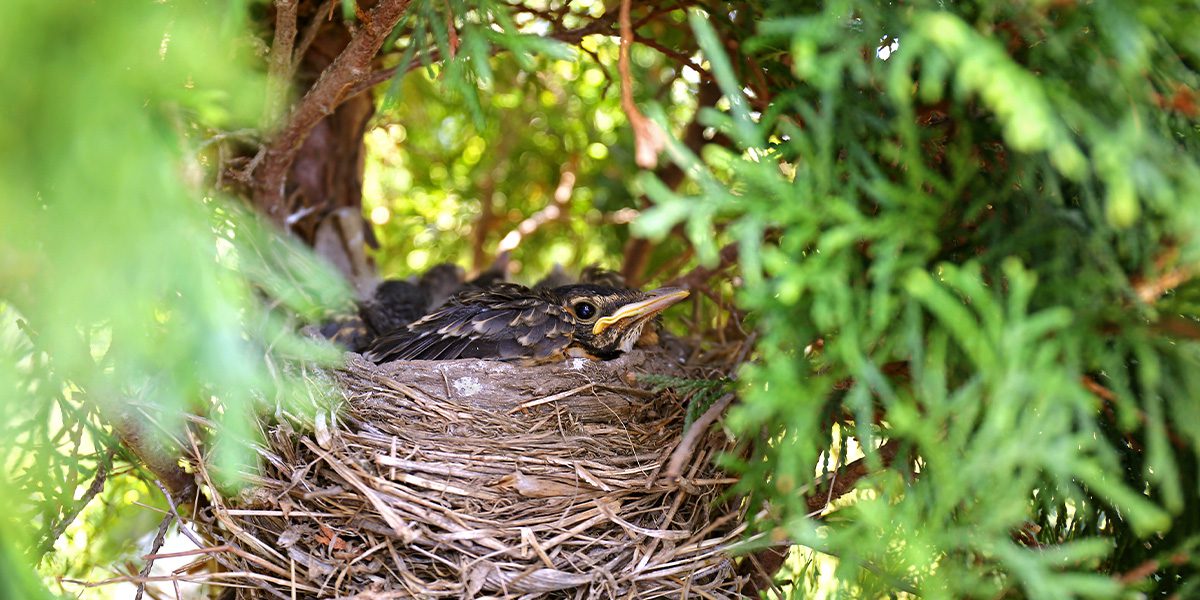
- Leaf Litter is Your Friend: keep the birds in mind during your spring and fall clean-ups. If you leave some leaf litter in the garden, you’ll create a paradise for overwintering insects, like beetles, moths, butterflies, and ladybugs. These, in turn, create a feast for birds, especially ground feeders, which you’ll see foraging through the litter for food.
- Create a Source of Water: birds flock to any kind of water, including bird baths, fountains, and sprinklers. If you want to please them, keep these features clean and fresh. If you have the opportunity, ponds also make excellent bird habitats. They bring water, more insects, and a different habitat that will attract water-loving birds, even a few ducks if you’re lucky.
- Make Your Garden Organic: pesticides have the unfortunate side-effect of harming birds. Birds can ingest poisonous compounds by unknowingly eating the plants or insects that you recently sprayed. A better alternative is to use proactive, organic pest management, like companion planting, improving soil health, creating habitat for predatory insects, and attracting insectivorous birds!
- Keep a Corner Wild: in a hidden corner of your landscape, create a messy brush pile or let it be overgrown. A small wild area on your property like this can become a hot spot for a host of wild insects and small birds. Maintenance for these spaces could not be easier—let it be!
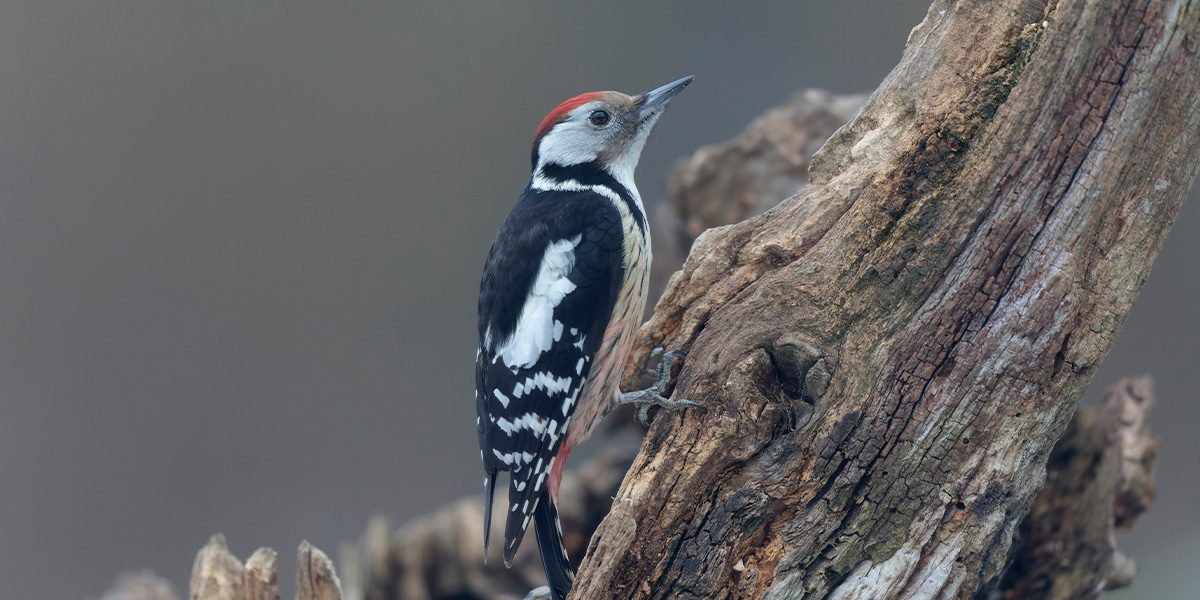
- Leave Standing Deadwood: has a branch on your tree lost leaves during a dry spell? If the branch is not a safety hazard, try leaving it for the birds in your yard. An open branch becomes the perfect perch for resting birds. It also invites woodpeckers and nuthatches who feed on insects in the decaying bark.
- Plant Tall Grasses: besides berries, insects, and worms, grains are also an attractive food source for many birds, especially during the winter when other food is scarce. Growing tall grasses gives them valuable grass seeds (i.e. grains) during the winter and nesting material.
- Bird and Bat Boxes: although trees in your yard are the best nesting sites, bird boxes also help give opportunities for birds and bats to live in. Many boxes have specific hole sizes to exclude some birds and open opportunities for others.
- Bird Feeders: creating bird habitat through the steps mentioned above are the best ways to attract birds. Without trees, shrubs, and perennials, birds won’t find their way into your yard. But once they are there, bird feeders give them extra icing on the cake, especially during the winter when birds need more calories for warmth.
Tips for Attracting Birds in Every Season of Illinois
Following the suggestions above can bring more bird life to your yard throughout the year. Below is a summary of the specific food sources you can strive to have in every part of the year:
- Spring: insects in leaf litter, flowers for pollinating birds, insects associated with emerging plants, worms in healthy soil, insects in deadwood.
- Summer: ripening berries and fruit, insects associated with plants, flowers for pollinating birds, plant and flower seeds, worms, and deadwood.
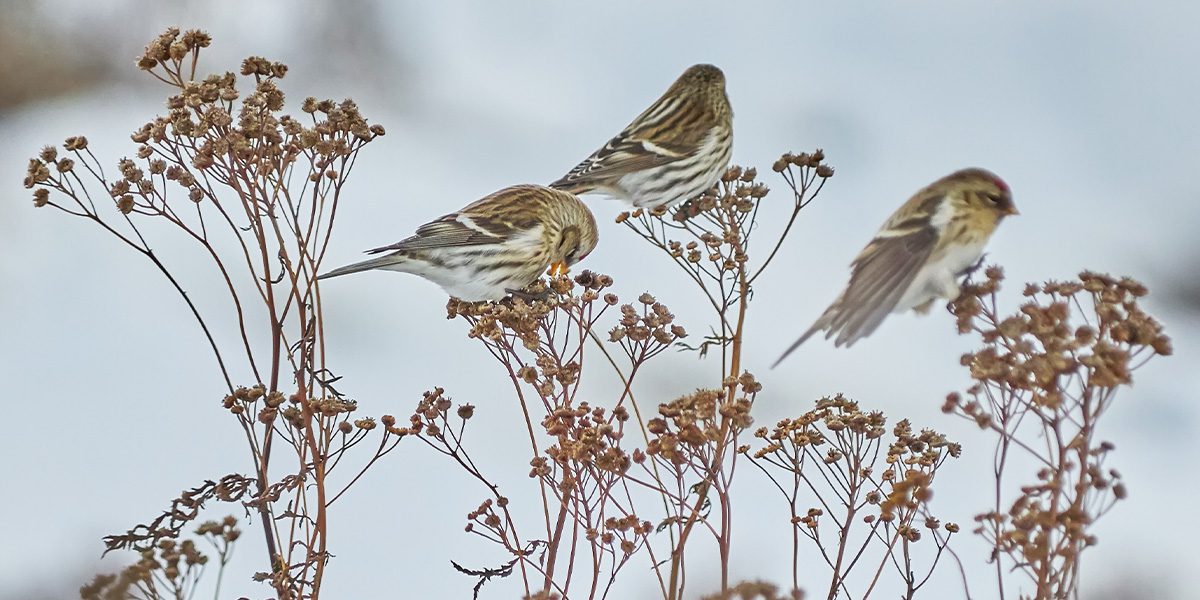
- Fall: grains of ornamental grasses, ripe nuts and maple keys, insects in leaf litter, plant, and flower seeds, insects associated with plants, worms, and deadwood.
- Winter: grains on standing grass, rosehips, winter berries, deadwood, evergreen cones, maple keys, and bird feeders.
Final Tip for Attracting Birds: Pay Attention!
Without realizing it, many birds could use your landscape already. Look for possible nests in shrubs and trees. Listen to bird calls in the late evening. Observe your yard in the early morning when birds are active. By carefully observing your property over time, you’ll see how birds use your space, and you can begin to cater to their needs.
For bird-friendly supplies and plants, visit our garden centers in Bloomingdale and Carpentersville!
ADDITIONAL RESOURCES:
Bird Friendly Backyard Guide
Platt Hill Nursery is Chicago’s premier garden center and nursery.

